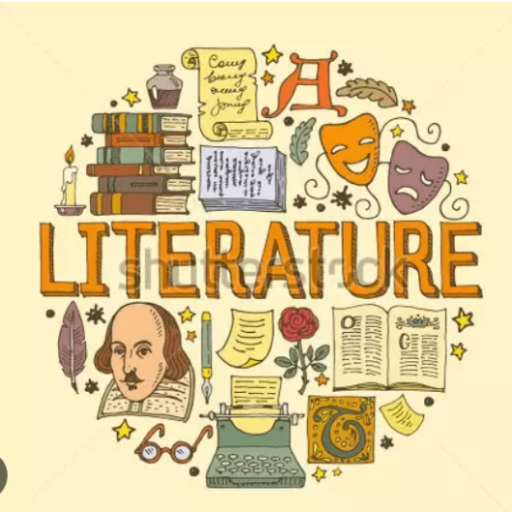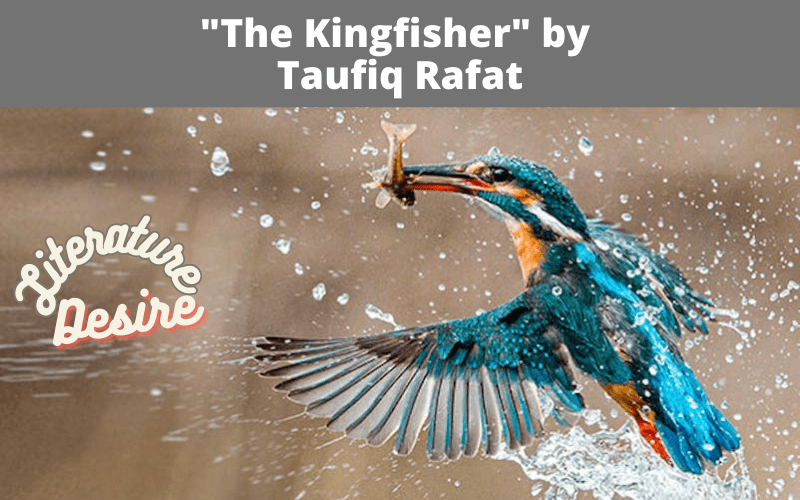“The Kingfisher” by Taufiq Rafat is a mesmerizing poem that explores the characteristics and actions of a kingfisher bird. Through vivid imagery and evocative language, the poem delves into themes of skill, mortality, the unpredictability of life, and the shared experiences of all beings.
Bird or Hovercraft, your angling skill proclaims the confidence of repeated success: you flash rainbows, as you plunge to kill. The luckless minnows in their drifting know only when the beak is home, No sound or shadow wants that death is poised, and pointing below. But what about tomorrow? Will they hiss and boo from the sidelines as you find, pause, fold. and dip towards the horror of your first miss? I'll learn to love you then, for lost causes link all temperaments. What drains my speech of sap will blunt your keen iridescent thrust.
Critical Analysis of “The Kingfisher” by Taufiq Rafat
The poem begins by presenting the kingfisher as a remarkable creature, with its angling skill symbolizing its confidence and repeated success. The bird is likened to a bird or a hovercraft, emphasizing its agility and ability to navigate various environments effortlessly.
Advertisement
The imagery of the kingfisher flashing rainbows as it plunges to kill captures the vibrant beauty and predatory nature of the bird’s actions.
Advertisement
The poet then shifts the focus to the perspective of the luckless minnows that encounter the kingfisher. They only become aware of their impending doom when the kingfisher’s beak is upon them.
Advertisement
The absence of sound or shadow preceding the strike intensifies the suddenness and inevitability of death. The minnows are helpless and cannot escape their fate as the kingfisher’s deadly precision is poised and pointing below.
Advertisement
The poem then raises a question about the kingfisher’s future. Will the minnows hiss and boo from the sidelines if the kingfisher fails to catch its prey? This question introduces an element of uncertainty and highlights the cyclic nature of life.
The kingfisher, despite its past success, may face moments of failure and uncertainty. This evokes a sense of empathy and understanding for the bird, as the speaker expresses a willingness to love the kingfisher even in its moments of struggle.
The final stanza brings a reflective tone to the poem. The speaker declares that they will learn to love the kingfisher when it experiences loss, as loss causes link all temperaments. This line suggests that shared experiences of struggle and imperfection connect all living beings, regardless of their differences.
The poem concludes with a powerful metaphor, stating that what drains the speaker’s speech of vitality will blunt the kingfisher’s keen iridescent thrust. This implies that the challenges faced by the speaker will diminish the kingfisher’s sharpness, hinting at the interdependence and interconnectedness of all life.
In summary, “The Kingfisher” is a thought-provoking poem that captures the beauty, predatory nature, and uncertain future of a kingfisher bird. Through vivid imagery and introspective language, the poem explores themes of skill, mortality, unpredictability, and shared experiences.
It invites readers to contemplate the intricate relationship between different beings and the inevitable cycles of life.

